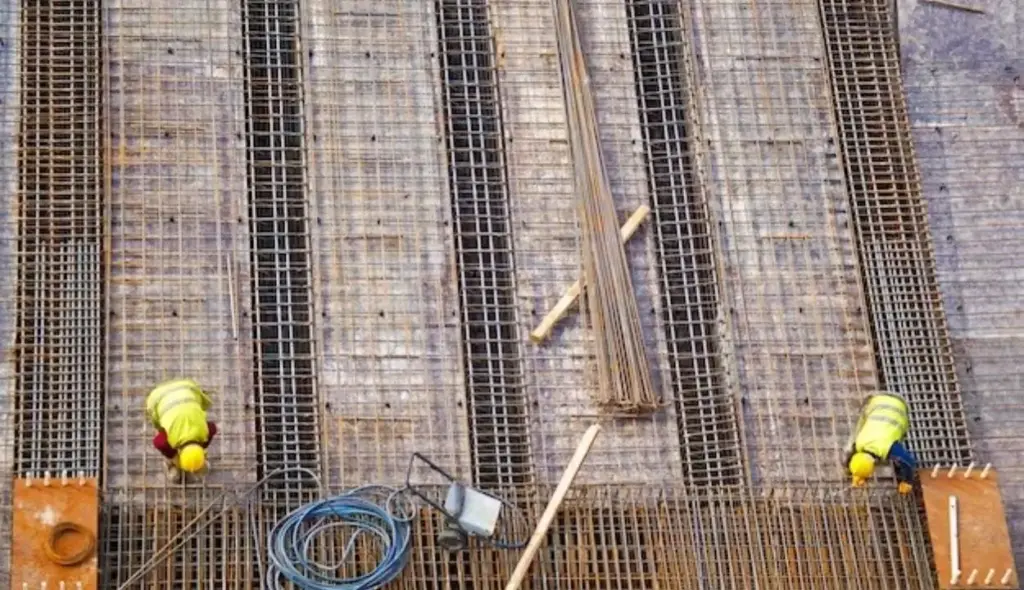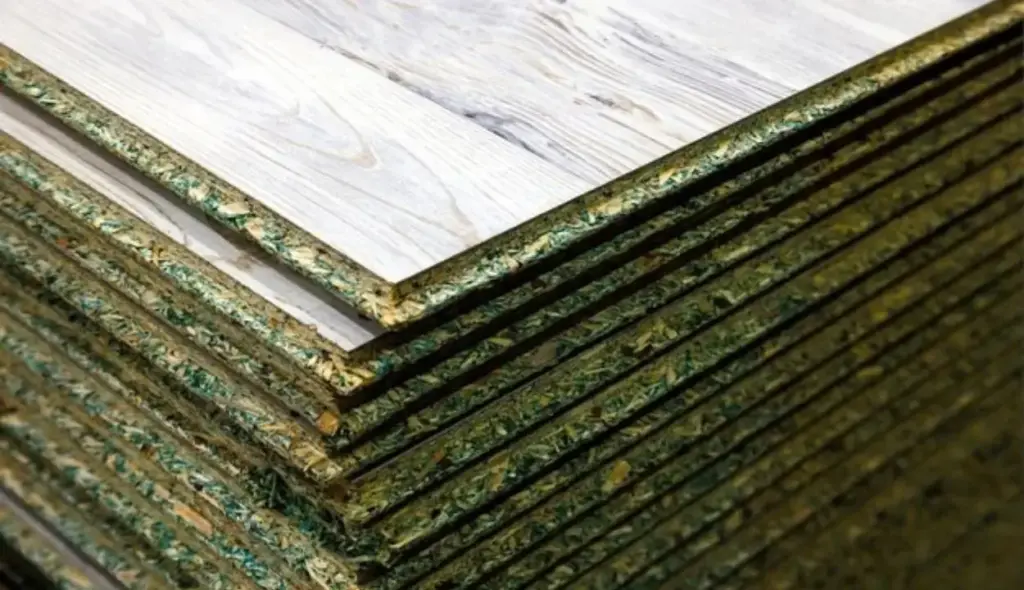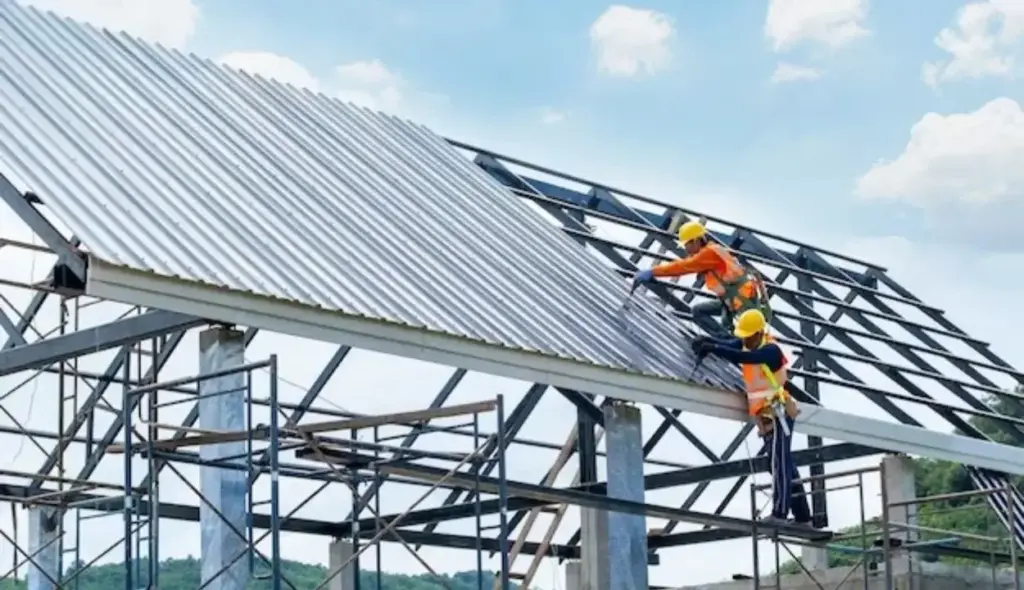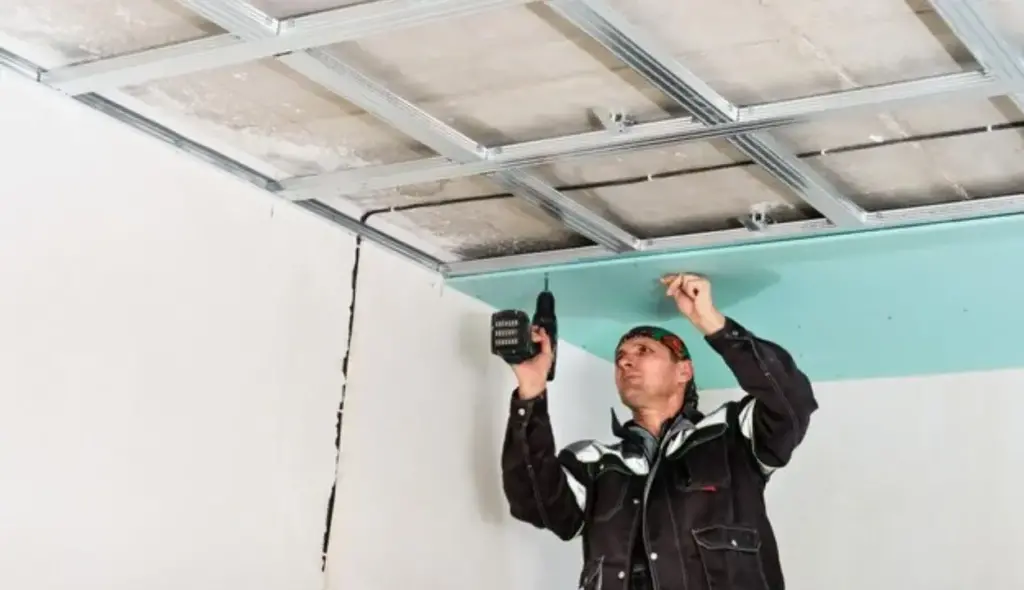Choosing the best option for roof decking or sheathing is one of the most important decisions when installing or replacing a roof.
The roof deck serves as the foundation and surface that all other roofing materials are attached to.
This article will provide a comprehensive overview of the different types of roof decking materials.
It also provide the key factors to consider when selecting decking, and recommendations for identifying the best option for your specific roof.
Key Takeaways
What is Roof Decking?
Roof decking, also known as roof sheathing, is the first layer installed during new roof construction or re-roofing projects.
It is comprised of sheets of material such as plywood, oriented strand board (OSB), metal panels, or gypsum boards that are fastened directly to roof rafters.
The main purpose of roof decking is to provide a flat, even surface for attaching the roof covering materials like shingles, tiles, or metal roofing.
Additionally, roof decking provides structural stability by tying all of the rafters together into a uniformed surface.
Types of roof decking configurations
Solid sheathing – Sheets of decking material laid side-by-side across the entire roof surface with no gaps between sheets. The most common approach.
Open or skip sheathing – Sheets of decking material installed with spaces between each sheet to allow for ventilation.
Other less common roof decking types include plank decking with individual wood boards and various proprietary integrated structural decking systems.
Key Factors Selecting best option for Roof Decking
Choosing the optimal roof decking involves evaluating a number of important factors:
Local Climate and Weather
The climate and weather conditions for the area should influence the decking decision.
In cold northern regions with heavy snow loads, higher strength and insulating decking materials are ideal.
In hot southern climates, materials with better fire resistance and reflectivity may be preferable. Coastal regions with hurricane risks require decking able to withstand high winds and impacts.
Roof Type and Pitch
The roof style and slope must be matched to appropriate decking options.
For instance, low slope or flat roofs require materials with greater resistance to standing water and ponding issues.

Steeply pitched roofs require decking with higher shear strength and surface traction. Specialized metal decking may suit unique roof shapes like domes or barrel roofs.
Budget
Decking costs, both material purchase and installation, can vary significantly.
While initial cost is a factor, homeowners should also consider total value gained over the lifespan of the decking. More durable and resilient decking may cost more upfront but save money long-term.
Fire Safety
Roof decking products are assigned fire safety ratings, like Class A, B, or C. Builders must follow local fire codes and ratings required in each jurisdiction.
Areas at high risk of wildfires may require specific fire rated roof assemblies.
Weight and Load Capacity
The weight of decking materials impacts the load on the underlying roof structure. Heavier products like concrete require reinforced framing.
Lighter metal or synthetic decking is easier to retrofit. Load capacity must account for dead loads of the roofing system itself plus live loads like rain, snow, or foot traffic.
Prioritize durability and longevity to maximize your investment and minimize future maintenance costs.
Durability and Longevity
How long decking retains its Durability and Longevity against moisture, UV exposure, pests, and other elements indicates its usable lifespan.
While no roof components last forever, high quality decking can extend replacement cycles by decades.
Best Option for roof decking
Now that we’ve covered the key selection criteria, let’s examine the most prevalent roof decking materials and categorize their relative advantages and limitations:
Plywood Roof Sheathing

You Can Also Read
What Is Roof Deck Construction: A Great Approach To Design Excellence
Selecting The Best Roof Sheathing For Your Home: A Detailed Guide
Oriented Strand Board (OSB) Roof Sheathing

OSB vs. Plywood Comparison
| OSB | Plywood |
| Very cost effective | Higher cost per panel |
| Higher density, heavier panels | Lower density, lighter weight |
| More prone to swelling and rot if exposed to moisture | More resistant to moisture degradation |
| No natural knots but fastener cracking potential | Contains some knots but excellent fastener retention |
When selecting roof decking, consider your specific needs and priorities in terms of strength, durability, fire resistance, insulation, weight, and cost.
Metal Roof Decking

You Can Also Read:
What Is Metal Roof Decking: A Complete 7-Step Guide To Durable Material
Poured Structural Concrete Roof Decks
Gypsum and Fiber Panel Roof Sheathing

Roof Decking Cost Comparison Table
| Material | Typical Cost per 4×8 Sheet |
| OSB | $9 – $18 |
| Plywood | $15 – $30 |
| Steel Deck | $1.20 – $2.50 per sq. ft. |
| Aluminum Deck | $3 – $5 per sq. ft. |
| Concrete | $8 – $12 per sq. ft. |
| Fiberboard | $7 – $10 |
| Gypsum | $10 – $14 |
Conclusion
Choosing the best roof decking involves research and expert consultation to match the optimal material and construction method to your roof’s unique specifications, local building codes, budget, and expected lifespan.
With appropriate decking properly installed, your roof will provide reliable performance for decades to come.
FAQ’s
What’s the best roof deck?
The best roof decking provides structural integrity, durability, and weather resistance at a reasonable cost. 5/8” tongue-and-groove plywood and oriented strand board (OSB) are top choices for pitched roofs. Engineered wood is exceptionally strong for flat roof applications.
Is it better to use plywood or OSB on a roof?
Plywood edges out OSB for roof decking when strength is the top priority. However, OSB continues gaining acceptance by codes and offers structural capabilities at lower cost. Both should carry exposure durability ratings for weather protection.
What is the recommended roof sheathing?
Plywood and OSB sheathing rated for roof application offer durable protection from the elements at affordable prices. Polyisocyanurate or XPS foam sheathing enhances insulation. Fiberboard, metal panels or underlayments boost severe weather performance.
What is the best material for decking on a flat roof?
Plywood provides a sturdy, economical substrate but engineered wood or plastic lumber excel on flat roofs by limiting expansion and contraction stresses.
Are rooftop decks worth it?
For city dwellings short on outdoor space, rooftop decks create enjoyable relaxation and entertainment zones. Just account for the complexities of reinforcing the roof structure to handle deck loading.

